Cost Per Lead Calculation: Determining Your Marketing Value
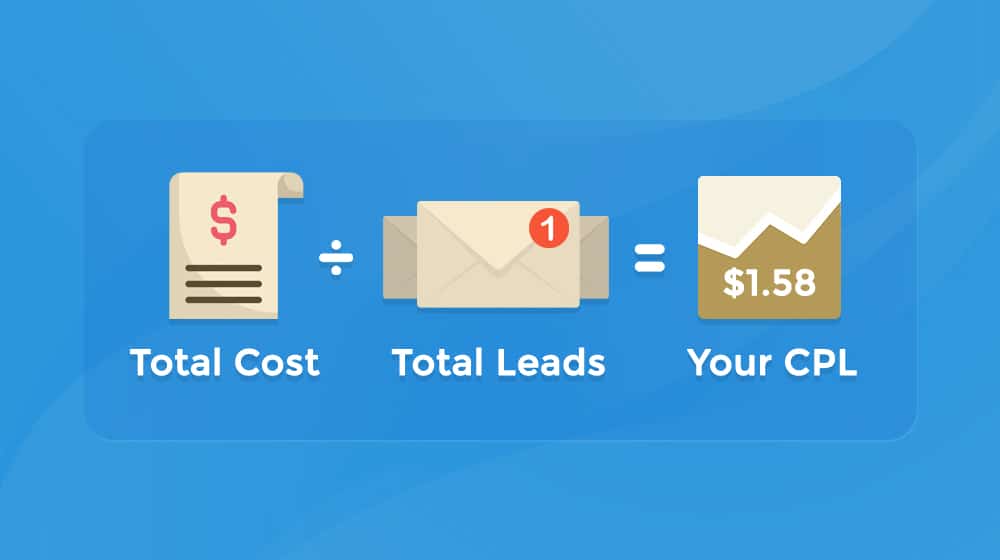
Sound lead generation is the core of any marketing strategy. Since it's essential for your business success, it stands to reason that you should measure, track, and optimize it, right? That's what we're doing today.
Cost Per Lead (CPL) is a metric you can use to understand how much you're spending on your marketing and what you're getting in return. It's an efficiency metric, meaning that the lower the cost per lead, the more efficiently you're targeting your audience and reaching them. However, it's not entirely straightforward; a lower cost per lead doesn't necessarily mean much on it's own.
Let's dig in and talk about why.
 30 Second Summary
30 Second Summary
You need to track your cost per lead (CPL) by dividing your total marketing costs by the number of leads you get. While a lower CPL might seem better, you should focus on the bigger picture. You'll get the most value when you compare CPL across your own channels and time periods, not against other businesses. Look at how your CPL changes when you adjust your marketing spend, and always connect it to your lead quality and conversion rates.
How to Calculate Cost Per Lead
First, let's go to the formula used to calculate the cost per lead. To determine this figure, you need to define three pieces of information.
1. The first piece is the total number of leads you've generated. This total can be an overall number, as in the total number of new leads you've accumulated in your marketing. Or, it can be a narrower number:
- The number of leads generated by social media campaigns.
- The number of leads generated solely by Facebook campaigns.
- The number of leads generated by one particular Google Ads pay-per-click campaign.
- The number of leads generated from guest post outreach.
- The number of leads generated from word-of-mouth referrals.
And so on. Usually, most people calculate cost per lead based on specific campaigns and specific channels for very narrow data. Still, it can be used almost any way, including as a total marketing benchmark.
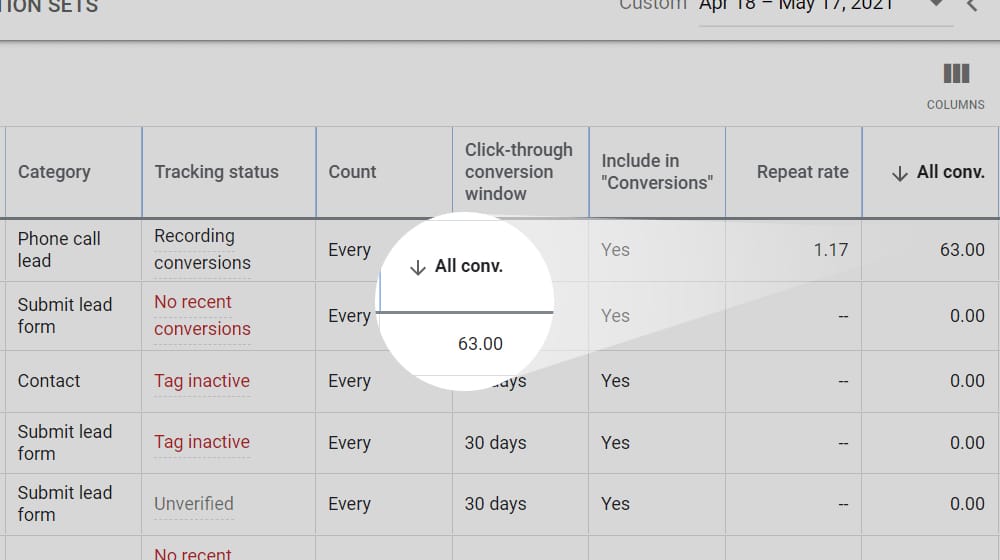
2. The second number is the total cost spend on those leads. If you're calculating something like your cost per lead for your PPC advertising, it's pretty straightforward; all you do is add up your total ad spend. For something like social media or content marketing, it can get a little trickier. You might need to assign a numerical value to the content you create or the cost you paid your content creators and graphic designers.
The cost per lead formula is simple:
Total Cost / Total Leads = Cost Per Lead
But wait; I said you needed three pieces of information, right? That's only two. So what's the third?
3. The third piece of information is time. You're not calculating your cost per lead for your entire business throughout its history; after all, you want the cost per lead for the last day, week, month, quarter, or year. It's the bounds of both of the other two pieces of information.
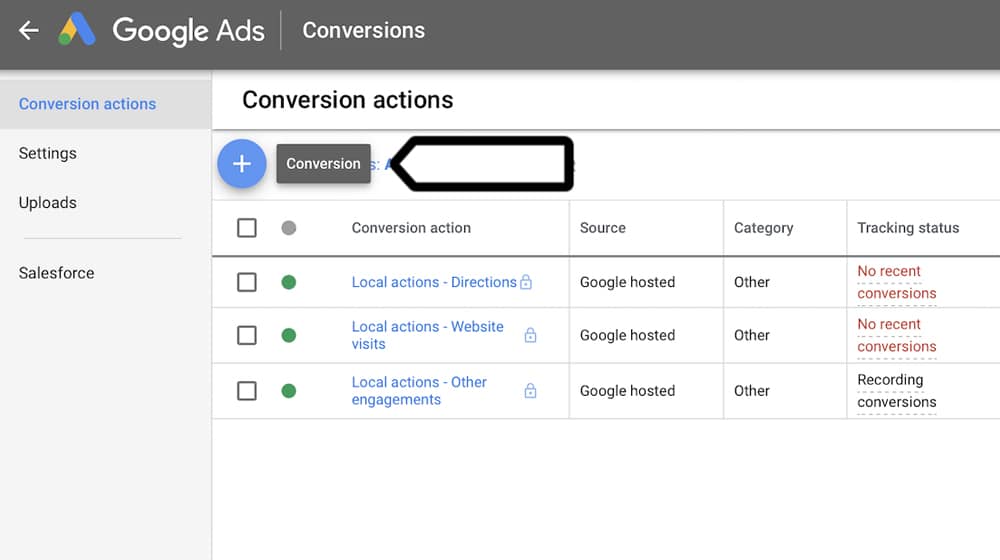
So, the very first thing you do is pick the time range you want to analyze. Then, you harvest the total number of leads generated in that timeframe and the total amount of money spent on marketing in that same time frame. This calculation leaves you with the total cost per lead for that time frame for that kind of marketing.
Easy, right?
Well, if you're used to the content I produce, you're probably also used to me stopping you about here and telling you that it's not that simple. I'm not going to do that this time, though.
What Constitutes a Good Cost Per Lead?
Cost per lead is an efficiency metric, so a lower cost means better efficiency, right?
Well, it's not quite that simple.
You can spend $1 on marketing and get five leads from Facebook for a cost per lead of 20 cents. That's pretty low. Right? But it doesn't scale; if you spend $2 and only get eight leads, your cost per lead is 25 cents. That's 20% higher, so 20% less efficient!

Cost per lead is one metric among several that you can use to judge the performance of your marketing team, and it all depends on how the puzzle pieces fit together. Sometimes, a lower cost per lead is ideal. Other times, restricting your cost per lead will also limit your total number of leads or hamper your audience targeting and conversion process, leaving you with worse-performing marketing.
The exact definition of a reasonable cost per lead depends on your goals. One way to generalize it is,
"A good cost per lead is a lower cost per lead for the same volume of leads as the same campaign performed previously."
How to Use Cost Per Lead Effectively
Evaluating cost per lead on its own is not a very effective piece of data because you need more context. If you have a cost per lead of $5, is that good, bad, or average? You don't know.
You can compare the cost per lead between your channels or within the same channel at different times. You can't compare your cost per lead to the cost per lead of another business because that other business probably isn't sharing its data with you. More importantly, you don't really have a way to know outside of your previous data.
So, here are some ways you can use cost per lead as an effective metric for making decisions.
1. Benchmark past progress and compare current success.
One of the most common ways to use cost per lead is to use it as a benchmark of your performance. You measure your cost per lead on Google Ads for November of 2022, then compare the exact cost per lead metric for the same platform for December 2022 and see how it changed. You check how November 2021 compares to November 2022 and whether or not you've improved over a year. You measure Q1, Q2, Q3, and Q4 and see which quarters do the best.
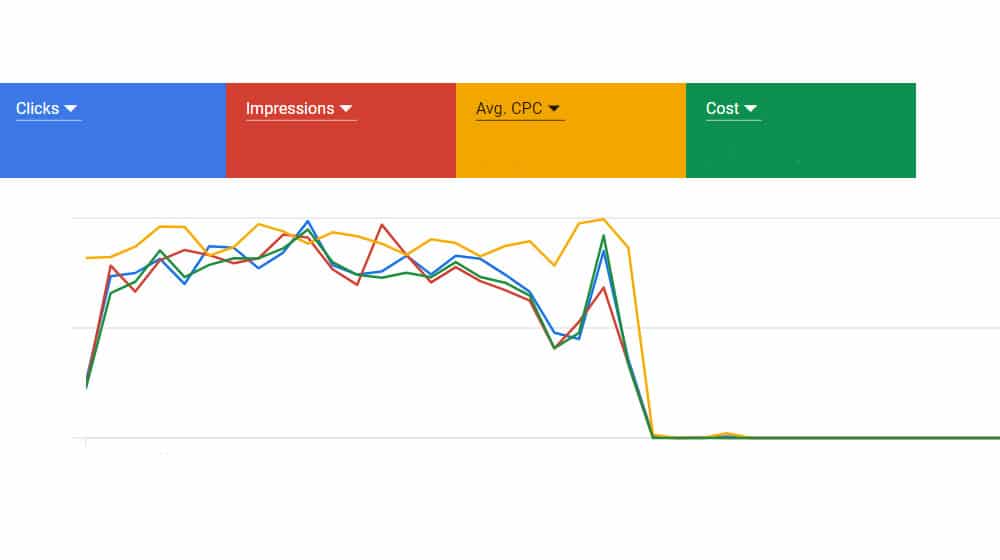
Since cost per lead is a personal metric rather than a public one, you're best off using it to compare against your data. The tricky part is always just making sure you compare apples to apples. You're not likely to learn much comparing your organic content marketing leads and search engine optimization efforts to your paid ads on Google; they're vastly different channels with different sources of cost and value. Instead, you'll want to compare Facebook ads to Google Ads, overall organic vs. paid marketing, or marketing now versus marketing a month or year ago.
For example, if your cost per lead increased, did your CPC (cost per click) increase as well, or did it take more clicks to result in a lead?
2. Analyze changes in marketing efforts and split testing.
Testing and optimizing your online marketing involves making changes, running those changes with representative samples of your target audience, and analyzing the results. One of the many results you can use to measure these changes is the cost per lead.
For example, say you have a Google Ads campaign that costs $50 daily and gets you 20 leads per day. You take this campaign, make two variations, and run them for a week. Measure the cost per lead for each variation, and see which one is better.
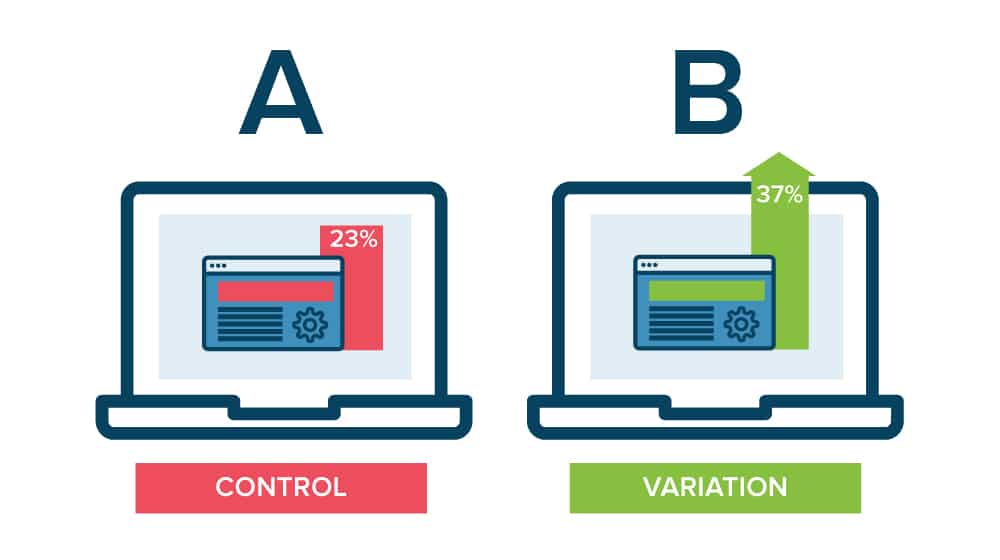
Cost per lead is a good comparison here. If you compare the marketing budget spent, you run into issues with daily spending limits, caps, and cost variations.
By calculating cost per lead, you can more directly identify the more efficient set of ads. This calculation is also helpful if you add other metrics, which I'll discuss briefly.
3. Analyze additional investment efficiency per channel.
Let's say you have a robust marketing plan in motion. You have organic marketing, you have paid marketing, you have social marketing, you have SEO; it's all rolling. Through the magic of budgetary analysis, you've discovered that you can invest an additional $100 per day in a marketing channel.
Which one do you pick? It might not be as obvious a choice as you think.

You can help make that decision by investing that $100 for a day or two into various marketing channels. Measure the cost per lead before and after the added investment, and see how it changes.
- A lower cost per lead than before means your added investment helped increase efficiency in your advertising, so it's an excellent investment. It's also rare.
- An equal cost per lead means there wasn't any change; adding money means you get more leads at a fixed rate, and you can safely put more money into that advertising until it ceases to be true.
- A higher cost per lead means you've lost efficiency and have diminishing returns on your investment. You might dial back and see if, say, $25 keeps your cost per lead low, cap it there and use the remaining $75 elsewhere.
The tricky part is isolating these changes. Cost per lead can vary daily, just on the whims of the internet population, and you can only sometimes directly attribute your changes to the results you see.
4. Compare cost per lead to lead quality.
Another metric you can use to compare cost per lead is the quality of the leads.
- If you spend $10 to get 100 leads, but zero of those leads result in a purchase, it's not a very good use of that $10 and you likely aren't generating quality leads.
- If you spend $10 to get one lead and that one qualified lead makes a purchase, it's a great use of that money.
The hardest part of this is attributing data to new customers. You need to be able to:
- Track each customer.
- Where those leads came from.
- When they made a purchase.
- The value of that purchase.
This information can require a lot of setup with user tracking, and you can't attribute historical data, so it needs to be configured in advance.
5. Compare cost per lead to conversion rates.
There will always be a drop-off in various digital marketing campaigns, but you can strive to minimize it in various ways. Critically, by analyzing cost per lead, you can determine whether or not your lead sources are simply sub-par.
Like lead quality, conversion rates are the rate at which your leads convert.
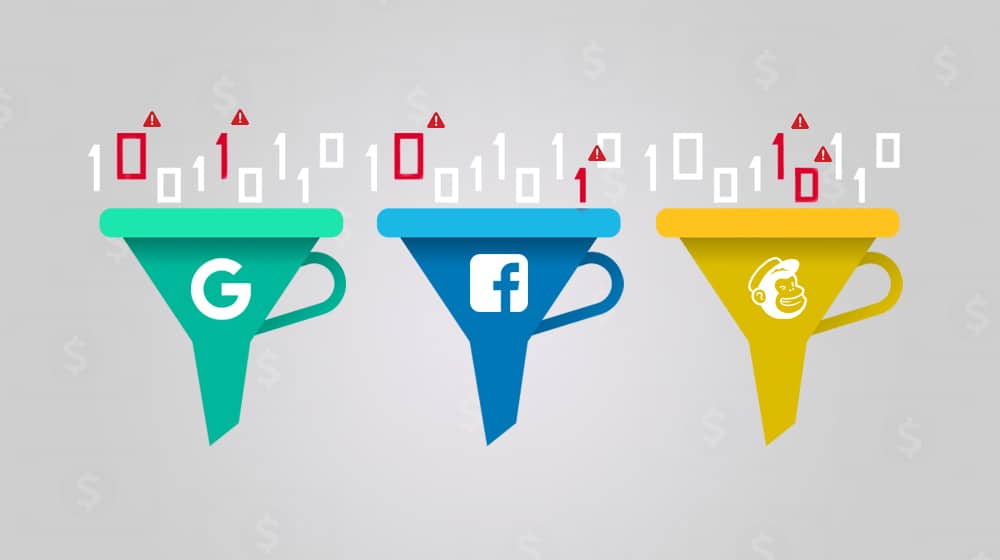
We saw poor lead performance happen when everyone used generic contests to attract leads. You could attract tens of thousands of leads for the cost of a Gleam.io subscription and a new iPhone. Would any of them convert? Probably not; they only signed up to try to win that iPhone, and that's it.
Cost per lead is one of many metrics you can use to fuel your decisions regarding conversion rate optimization.
6. Look for outliers that underperform or over-perform.
This one requires historical data and proper segmentation.
Measure your cost per lead at as granular a basis as you can. For example, if you're measuring guest post outreach, measure per site you submit to. If you're measuring Google Ads, measure them by the campaign. This way, you can compare similar campaigns within the same overall framework because advertising outside that framework is likely to have a very different cost per lead.
Once you have this data, you can compare all your campaigns in one marketing category and determine which ones are outliers. Maybe one performs much better than others, and you can analyze why. Conversely, maybe one underperforms, and you may use this to look into why or even cull the ad completely.
Your Ideas
Do you have any clever ways to make use of cost per lead? If so, I'd love to hear them. I'm always open to learning more quirks about analytics. As much of a data nerd as I am, I recognize there's always more to learn.
So, if you have something to add to the conversation, feel free to leave a comment below!



 30 Second Summary
30 Second Summary
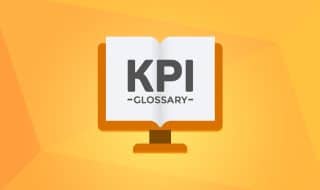


Comments